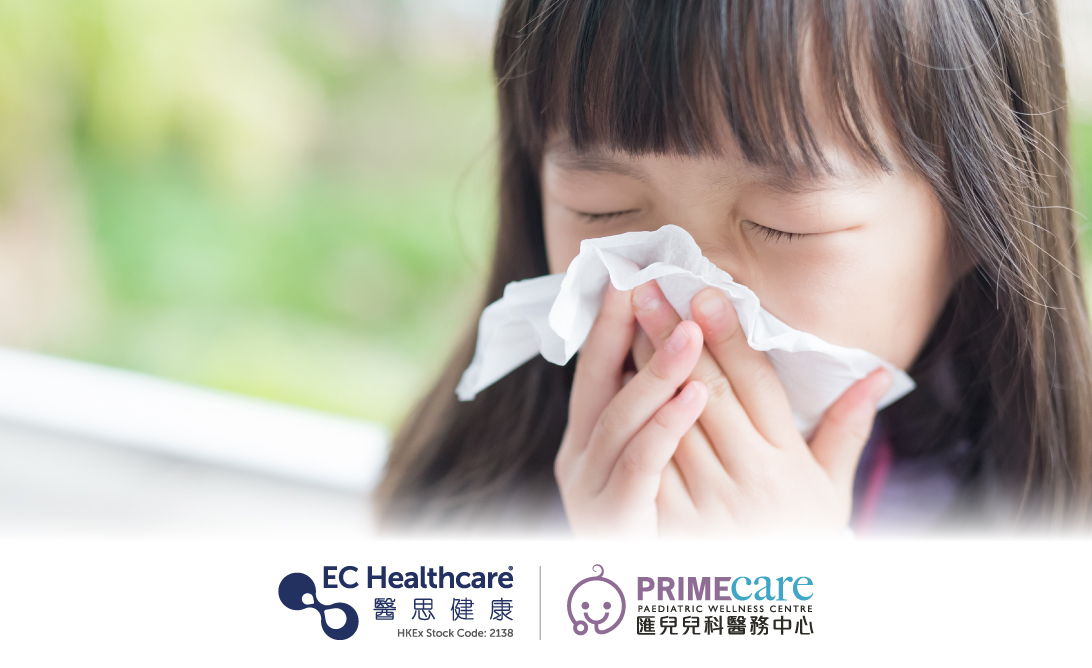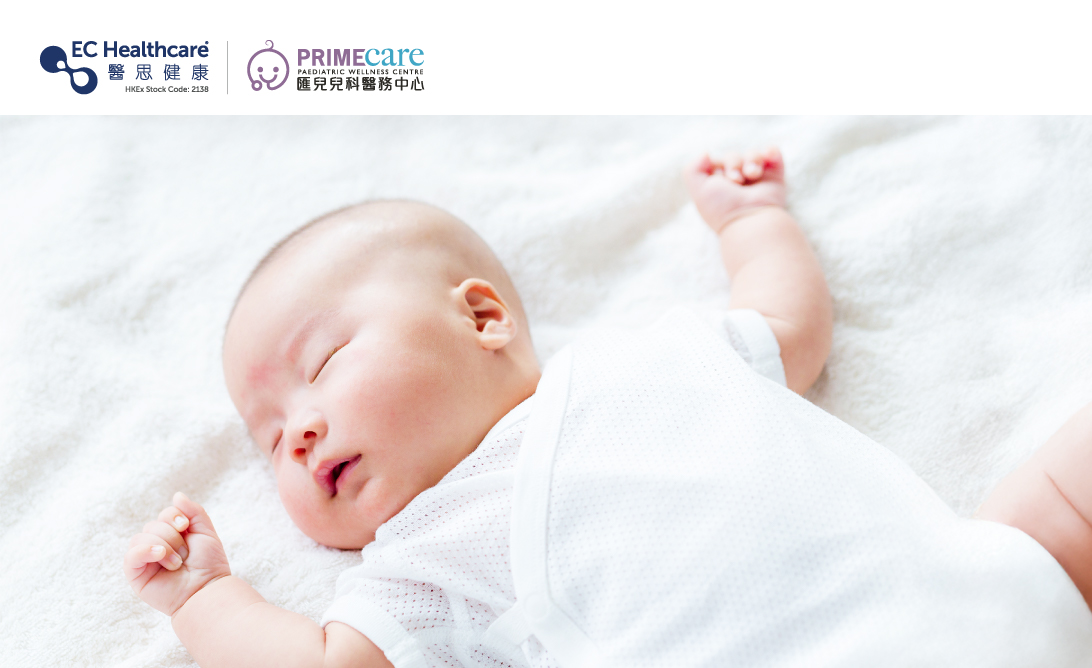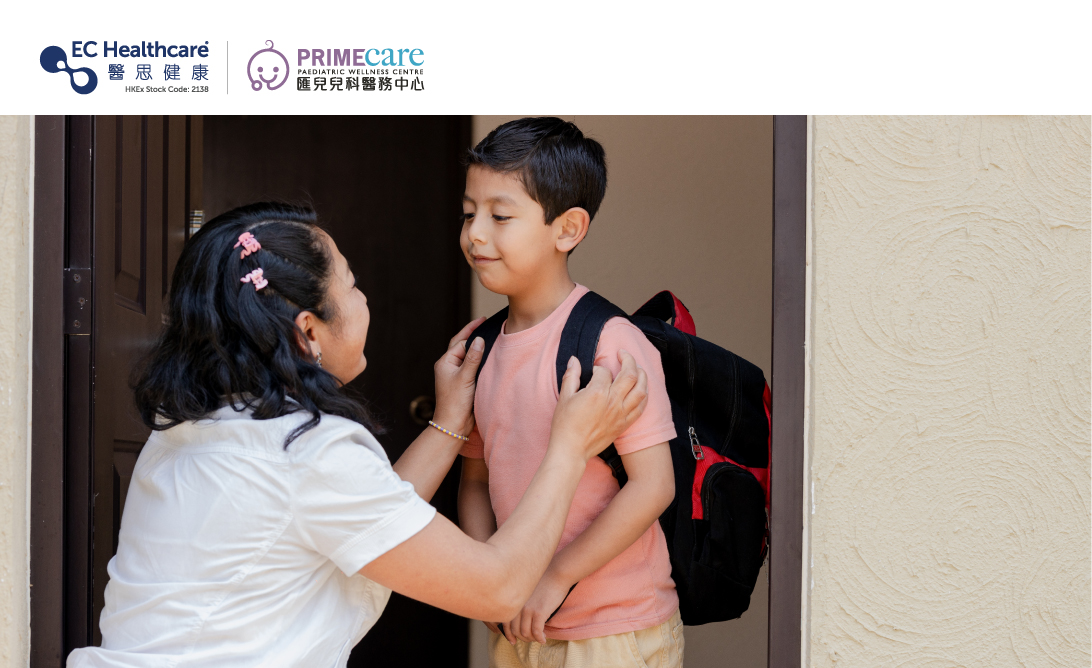Remedies for Stuffy and Runny Nose in Children


As the season changes and the peak season for flu approaches, children become prone to the common cold, a stuffy and runny nose, or an itchy nose that causes frequent sneezing. A stuffy and runny nose can be triggered by a cold, acute sinusitis, allergic rhinitis, scabs or foreign bodies in the nose. Children may easily catch a cold when the temperature drops, and suffer from allergic rhinitis due to temperature or humidity swings. In severe cases, these symptoms can affect breathing and sleep, troubling both the suffering children and their parents. In fact, anxious parents can put their minds at ease in face of the symptoms. If you identify their causes and try out the following remedies, the symptoms should be alleviated quickly.
Apply a warm compress
To clear a stuffy nose, you can wet a towel with warm water and place it over your child’s nose. If the towel cools down, you can wet it again with warm water and repeat it a few times. Heat can dilate the nasal mucosa and open the nasal cavity, facilitating the discharge of mucus. Remember to be gentle when applying a warm compress. If you find dried mucus in your child’s nostrils, you may clean it with a wet cotton bud. You can also massage the area around the wings of the nose.
Use a foot bath and drink more warm water
Soaking the feet in hot or warm water can enhance your child’s cold tolerance and blood circulation, hence accelerating recovery. Remember not to use water that is too hot as it may scald your child. When the water cools down, refill warm water until sweats form on your child’s forehead. Drinking warm water helps dilute and discharge the mucus. Remember to maintain adequate rest to aid recovery.
Use a humidifier
In dry autumn and winter, an indoor humidifier can increase the humidity in the air and moisturise your child’s nasal cavity, facilitating the discharge of mucus.
Raise the indoor temperature or balance indoor and outdoor temperature difference, and maintain good ventilation
Children are very sensitive to external irritants, for example, the environment and air. In seasons when the temperature soars or drops significantly, children will easily catch a cold and suffer from symptoms such as a stuffy and runny nose. Therefore, you should minimise indoor and outdoor temperature differences and maintain good ventilation so that your child will not experience a great change in the temperature when going out. If they are not leaving the house, you can adjust a comfortable room temperature to help relieve your child’s symptoms of a stuffy and runny nose.
Clean mucus moderately
If your baby has too much mucus in his/her nasal cavity, you may use a nasal aspirator to help clean his/her nose by sucking out a large amount of mucus. Check if your baby has dried mucus in his/her nasal cavity before using a nasal aspirator. Be gentle during the process, and do not poke the aspirator too far into the nasal cavity to avoid causing any pain or injury. When sucking out the mucus in one side of the nostril, gently press the other nostril with your fingertip for better results. Remember to clean the nasal aspirator after use to prevent bacterial growth.
Avoid contact with allergens
In the case of allergic rhinitis, you should avoid your child’s contact with dust, animal fur, feather and other allergens. During the pollen season, avoid bringing your child to places with flourishing flowers and trees to prevent symptoms from worsening.
The above tips coupled with adequate rest and a balanced nutritional diet can surely optimise your child’s recovery goal.
Related Brands



